Over the last 125 years National Geographic has been host to some of the most iconic images ever taken, and now the magazine is honoring its most celebrated shots with an issue devoted entirely to them.
The October 2013 issue will feature instantly recognizable photographs from the magazine’s past — including National Geographic’s most famous image, Steve McCurry’s “Afghan Girl.”
The issue also includes a stirring essay from writer and photographer Robert Draper.
“Today photography has become a global cacophony of freeze-frames. Millions of pictures are uploaded every minute,” Draper writes.
“Correspondingly, everyone is a subject, and knows it — any day now we will be adding the unguarded moment to the endangered species list. It’s on this hyper-egalitarian, quasi-Orwellian, all-too-camera-ready ‘terra infirma’ that National Geographic’s photographers continue to stand out.”
Here’s to hoping Nat Geo’s photographers stand out for a long time to come. Check out a few more of the magazine’s most famous images below.
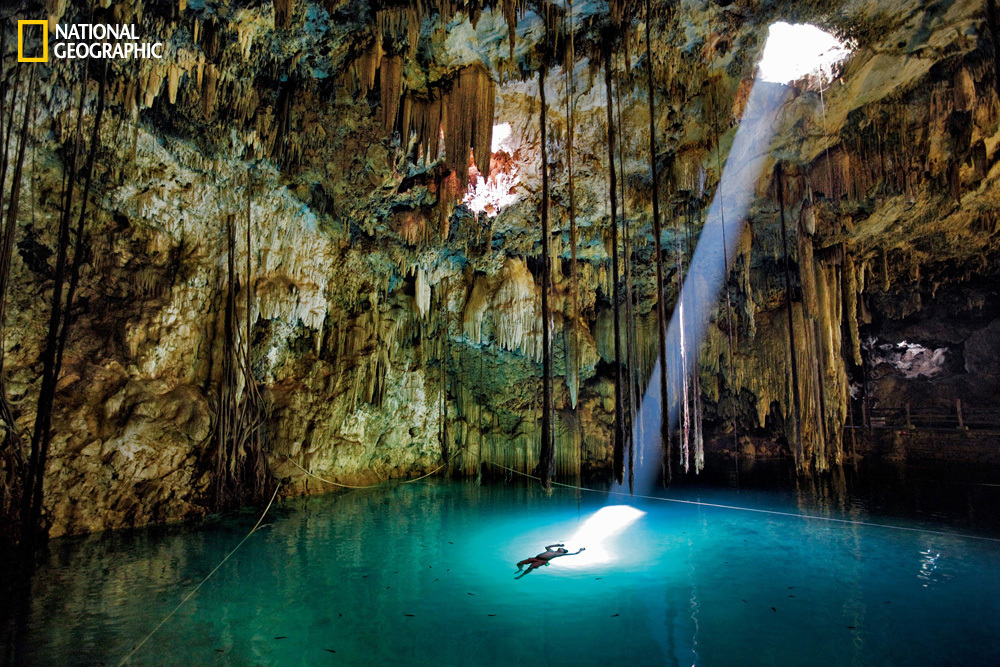
Photo by John Stanmeyer/National Geographic, 2010 | Dzitnup, Mexico. A single frame can transport us to one of our planet’s far-flung and beautiful places. In this one, stalactites and a sunbeam spotlight a swimmer in the Xkeken cenote, a natural well in the Yucatán thought by the Maya to lead to the underworld



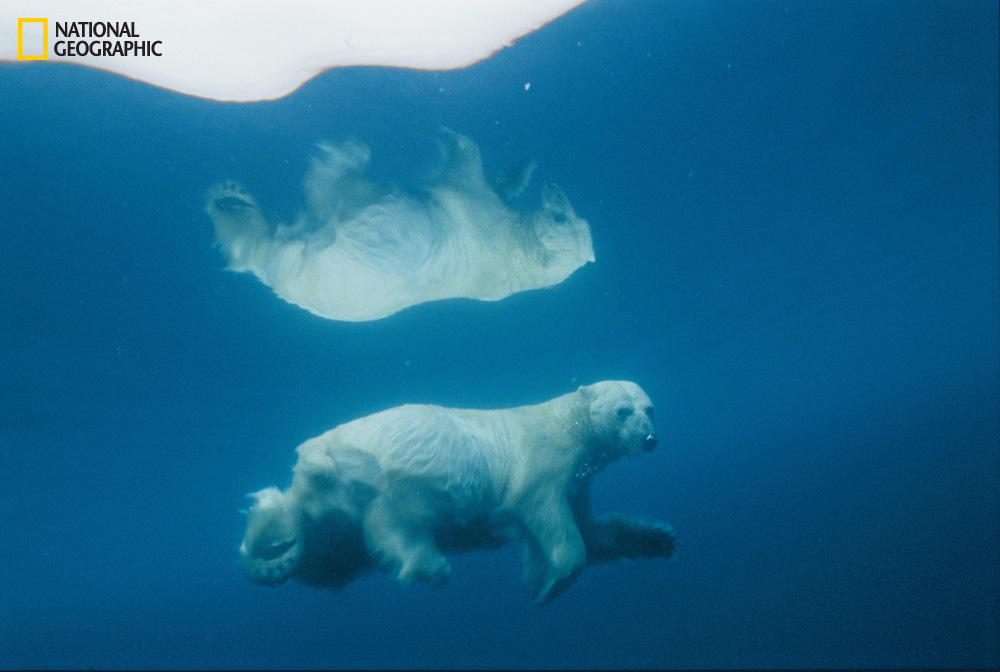
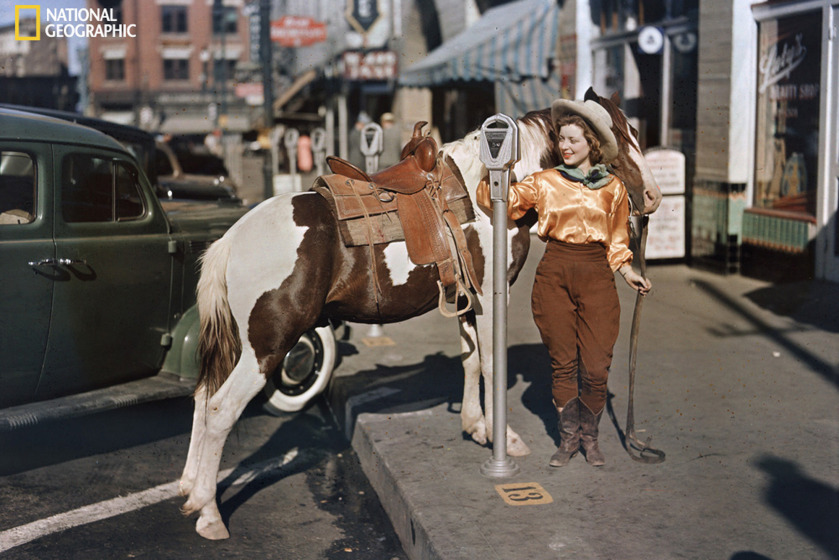
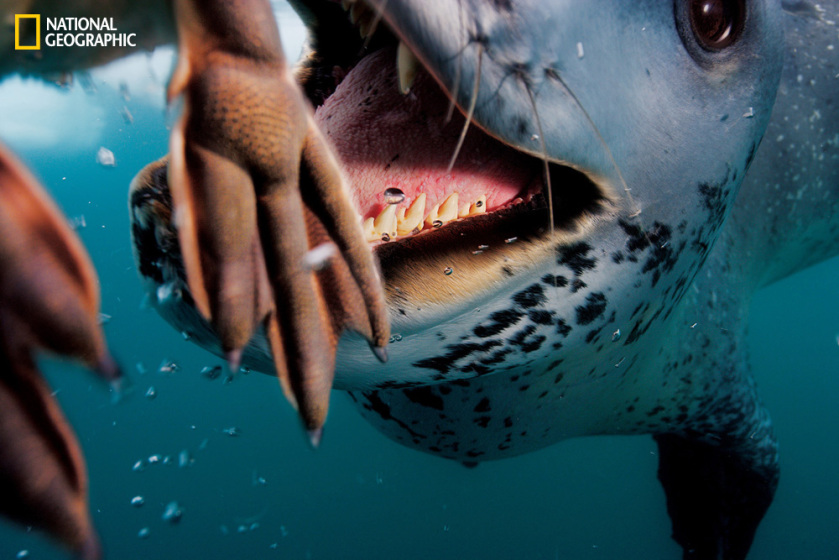
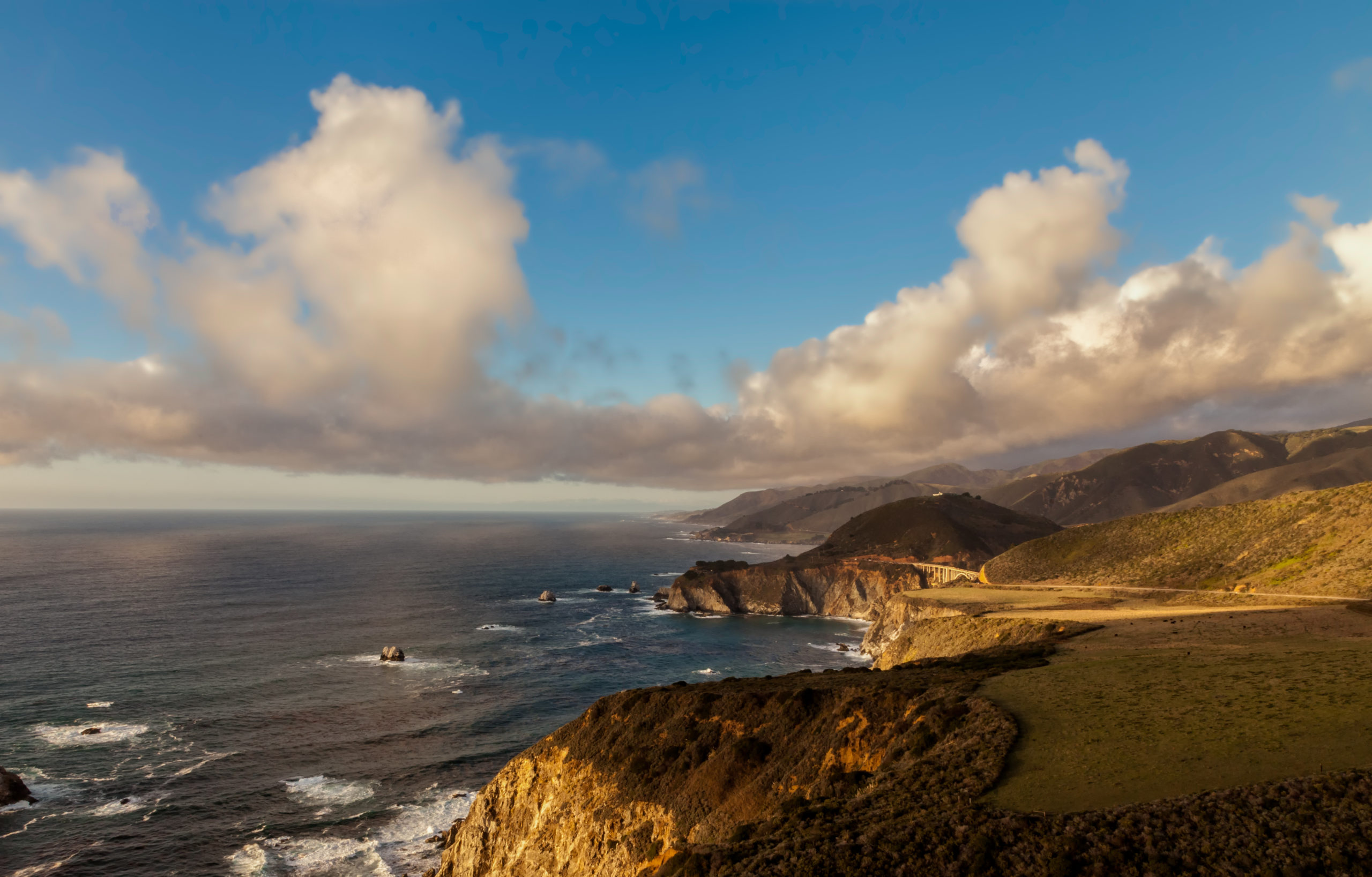
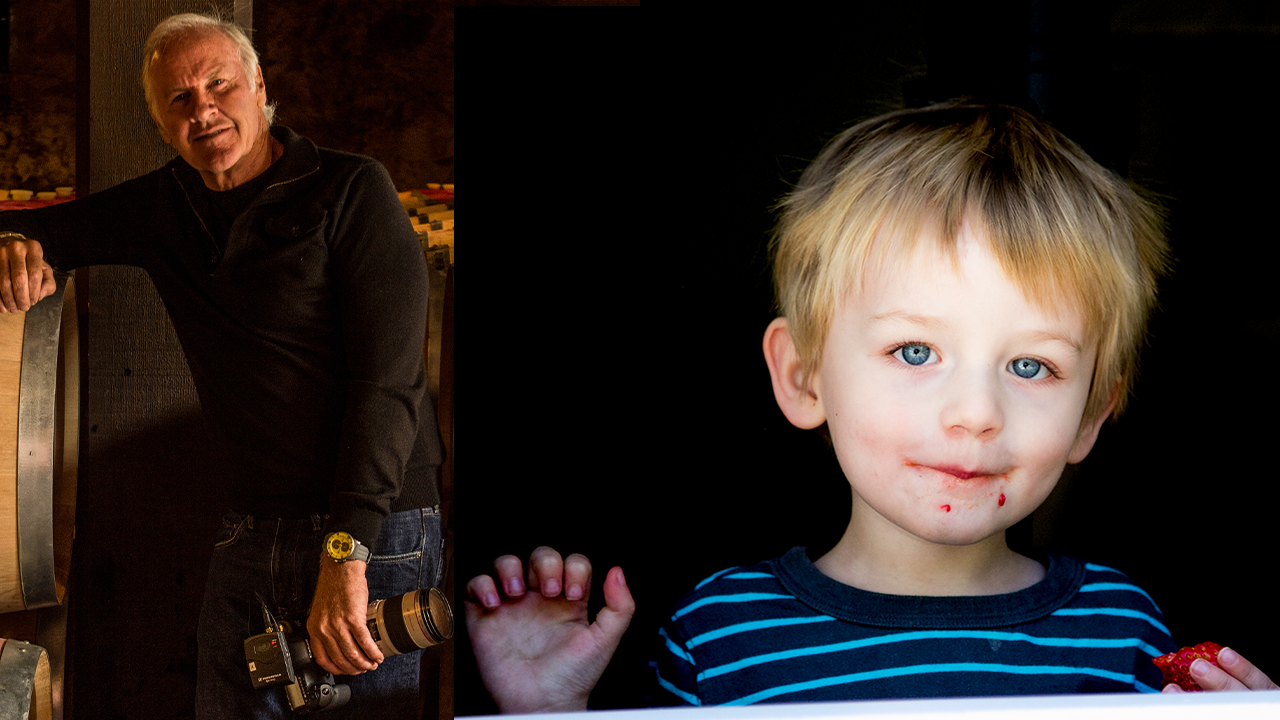
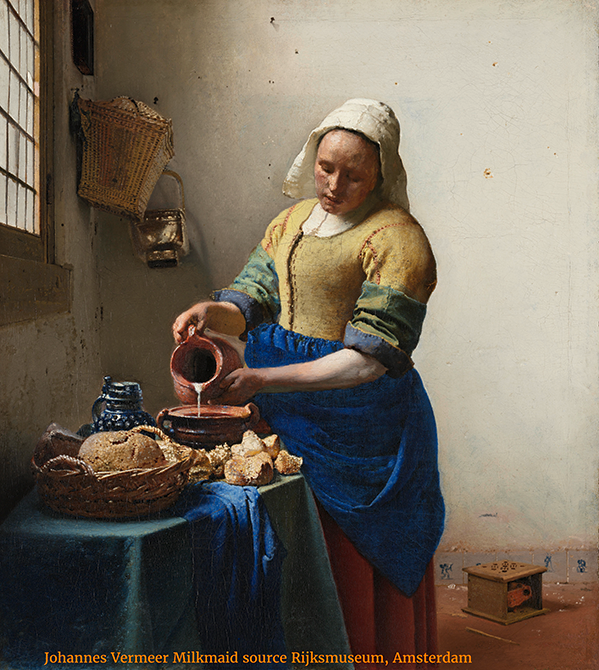
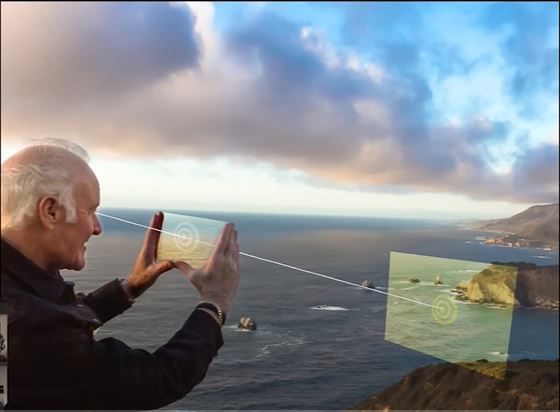

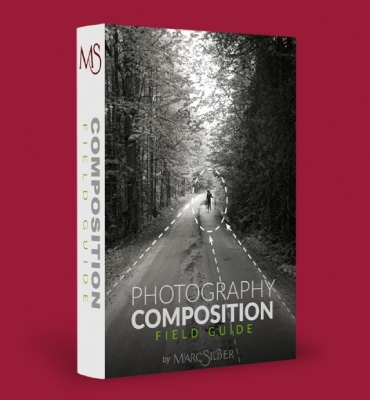
Some of the greatest photos from NGC